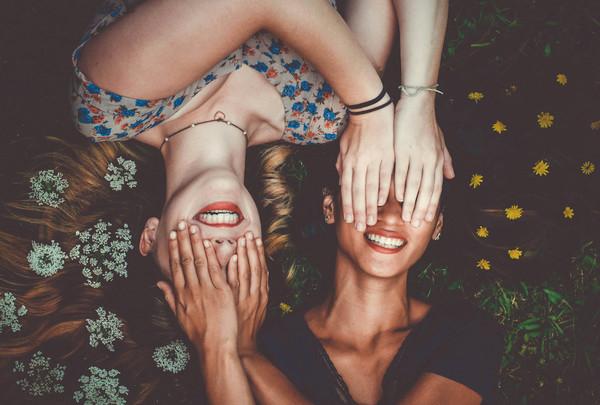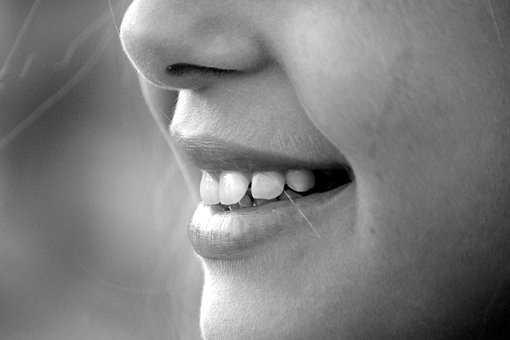There are 19 types of smile but only six are for happiness
Curated from: bbc.com
Ideas, facts & insights covering these topics:
10 ideas
·5.27K reads
10
Explore the World's Best Ideas
Join today and uncover 100+ curated journeys from 50+ topics. Unlock access to our mobile app with extensive features.
Smile ≠ happy
Those who smile often are thought of as more likeable, competent, approachable, friendly and attractive.
Of 19 different types of smile, only six occur when we’re having a good time. The rest happen when we’re in pain, embarrassed, uncomfortable, horrified or even miserable. A smile may mean contempt, anger or incredulity, that we’re lying or that we’ve lost.
273
1.06K reads
Duchenne smile
Duchenne was interested in the mechanics of facial expressions, including how the muscles of the face contract to produce a smile.
The Duchenne‘ smile is long and intense, though it involves the contraction of just two muscles. First the zygomatic major, which resides in the cheek, tugs at the corners of the mouth, then the orbicularis oculi, which surrounds the eye, pulls up the cheeks, leading to the characteristic ‘twinkling eyes’.
214
641 reads
Fear smile
“When bonobo chimpanzees are afraid they’ll expose their teeth and draw their lips back so that their gums are exposed,” says Zanna Clay, a primatologist at the University of Birmingham.
In babies, a broad grin can either mean they’re happy or distressed and studies have shown that men tend to smile more around those considered to be higher status.
195
601 reads
Miserable smile
The ‘miserable smile’ is a stoical grin-and-bear-it expression – a slight, asymmetric smile with an expression of deep sadness pasted over the top.
Since Landis’ classic study, psychologists have found this tell-tale smirk on the faces those watching gory films – they were filmed by a hidden camera – and among patients suffering from depression. It's a socially acceptable way of showing that you’re sad or in pain.
205
462 reads
The dampened smile
The dampened smile is an attempt to control an automatic, happy one and exists because some muscles, such as the ones controlling the mouth, are easier to suppress than others. “The cheeks will be raised but we pull the corners of the mouth downwards or press the lips together."
Not all cultures invite a broad smile. In Japan, where etiquette dictates that emotions are stifled in public, there’s a greater emphasis on smiling with the eyes.
193
441 reads
Embarrassed smile
The ‘embarrassed smile’ is identical to the dampened smile, though the two are easily distinguished – if not by the flushed cheeks, then the uncomfortable situation which usually precedes it. Another tell-tale sign is moving the head downwards and slightly to the left.
192
373 reads
Qualifier smile
The ‘qualifier smile’ aims to take the edge off bad news.
It begins abruptly, raising the lower lip slightly, and is occasionally accompanied by a slightly downwards and sideways tilt of the head.
185
403 reads
Contempt smile
The ‘contempt smile’ indicates a mixture of disgust and resentment and is disconcertingly similar to a smile of true delight, except for the corners of the lips which appear tightened.
189
380 reads
Angry-enjoyment smile
Translating roughly as ‘malicious joy’, schadenfreude is the thrill of discovering another’s misfortune.
“If individuals are alone and feel unobserved, they usually express feelings of schadenfreude by so-called ‘Duchenne smiles’ and ‘Duchenne laughs’,” says Jennifer Hofmann, a psychologist at the University of Zurich.
187
403 reads
Fake smile
Most people – around 71% - can voluntarily contract the inner portion of the orbicularis oculi.
Judged by facial expressions alone, people are judged as most truthful when they are lying. As the American humourist Kin Hubbard once said: “If you haven’t seen your wife smile at a traffic cop, you haven’t seen her smile her prettiest.”
199
504 reads
IDEAS CURATED BY
Joanne (Jo)'s ideas are part of this journey:
Learn more about personaldevelopment with this collection
How to practice effectively
The importance of consistency
How to immerse yourself in the language
Related collections
Similar ideas
11 ideas
10 Main Types of Smiles and What They Really Mean
healthline.com
2 ideas
The Superpowers of Your Smile
psychologytoday.com
5 ideas
How to Read Body Language and Facial Expressions
verywellmind.com
Read & Learn
20x Faster
without
deepstash
with
deepstash
with
deepstash
Personalized microlearning
—
100+ Learning Journeys
—
Access to 200,000+ ideas
—
Access to the mobile app
—
Unlimited idea saving
—
—
Unlimited history
—
—
Unlimited listening to ideas
—
—
Downloading & offline access
—
—
Supercharge your mind with one idea per day
Enter your email and spend 1 minute every day to learn something new.
I agree to receive email updates

